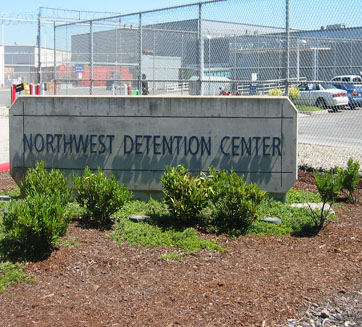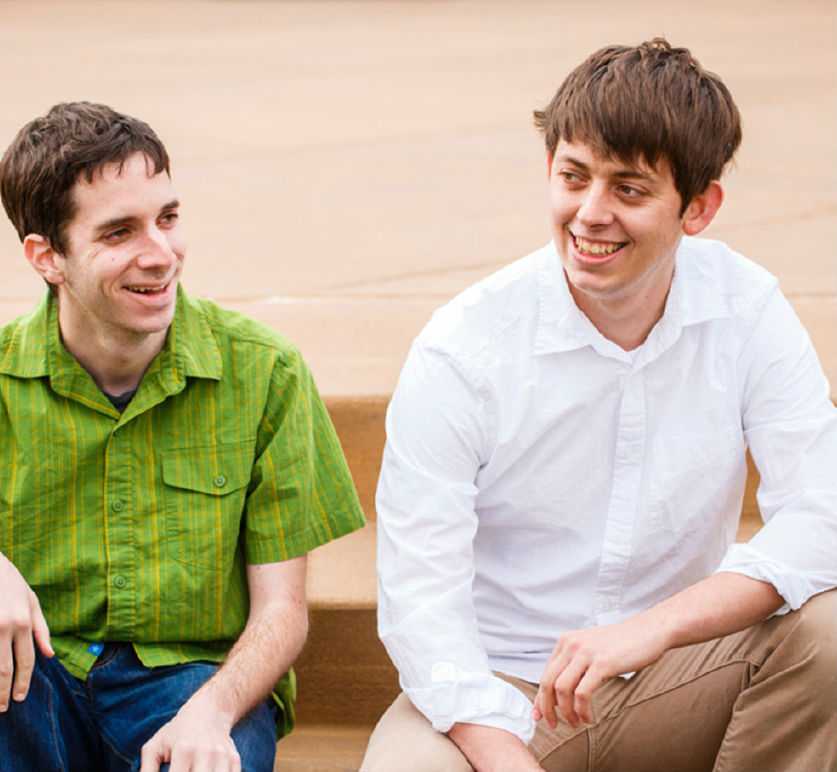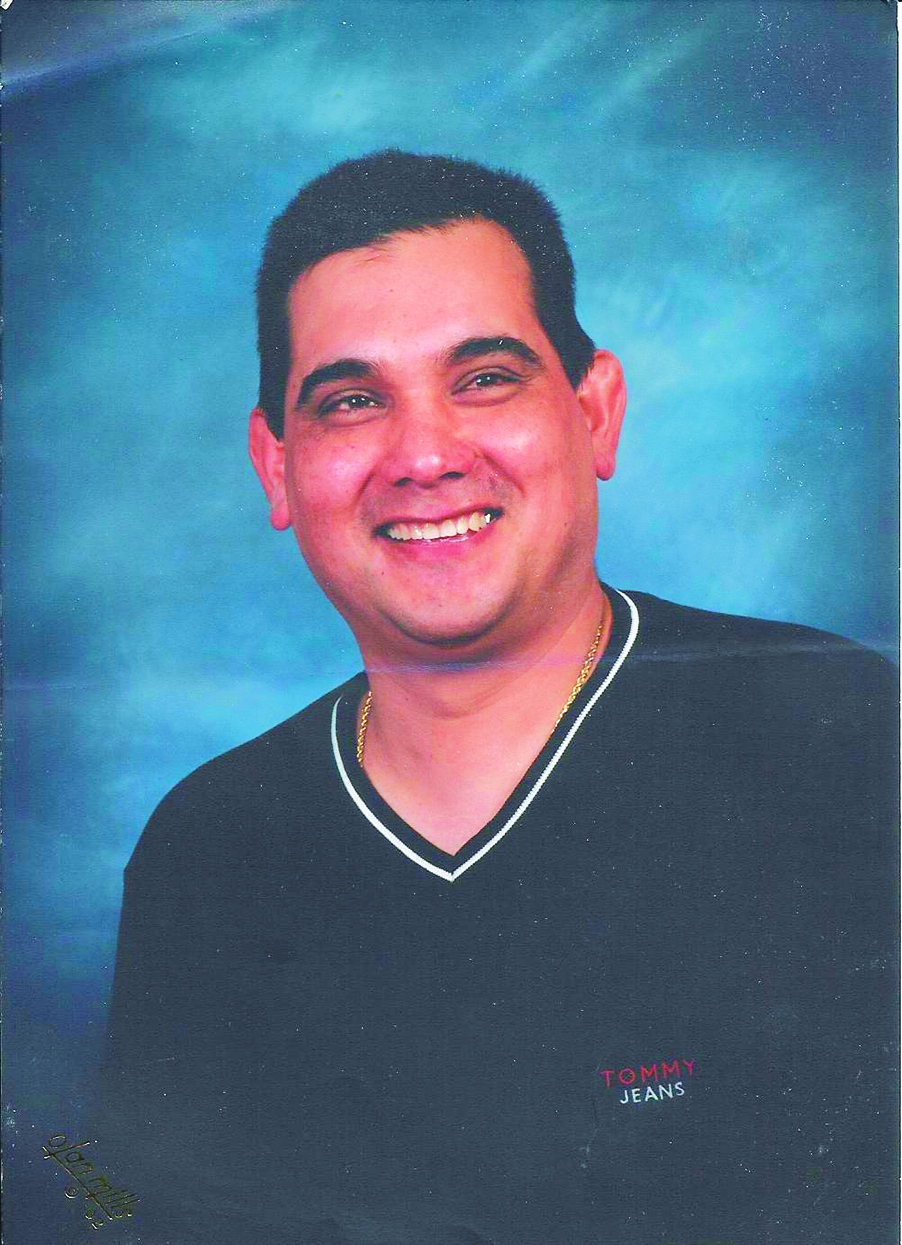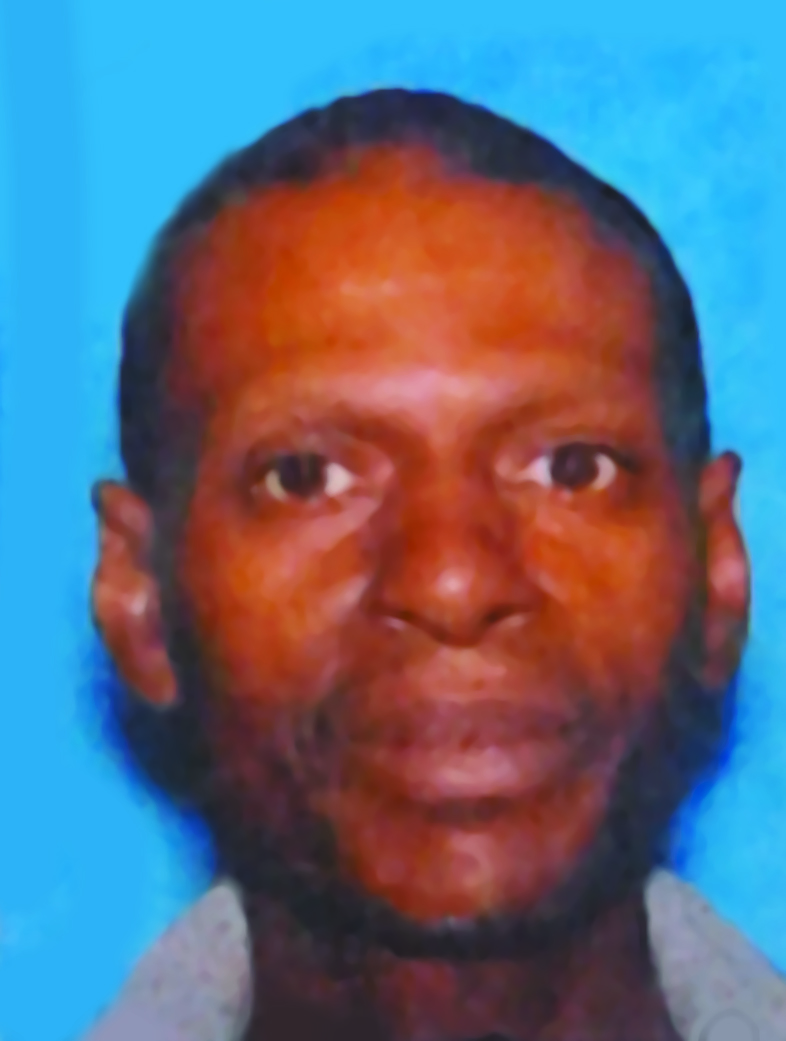Tensions remain high at the Northwest Detention Center as authorities put a number of detainees into solitary confinement for their role in protests, including a hunger strike that for one detainee is now in its fourth week.
Immigration activists who have been supporting the hunger strike and carrying on protests of their own outside the Tacoma facility say that more than 20 detainees have been isolated due to what the activists characterize as retaliation. In a statement released late yesterday, the activists also describe the detainees as having been tricked.
Officials of GEO, the private corporation that runs the detention center for U.S. immigration and Customs Enforcement, came to one wing of the facility and “asked if anyone wanted to speak to detention center officials about the detention conditions,” according to the statement. “The twenty men who volunteered followed the officers out of their cells. Believing they were headed to a negotiation on hunger strike demands, the men were instead handcuffed, surrounded by officers in riot gear and taken into solitary confinement.”
Activist Jolinda Stephens also tells SW that a U.S. veteran and Micronesian-born man named Hassall Moses was taken into solitary confinement as he was in the facility library printing copies of a letter calling on fellow detainees to stage a work stoppage. “I feel this is modern day slavery that we are working for 1 dollar a day,” reads the letter, obtained by SW.
Asked about these accounts this morning, ICE spokesperson Andrew Munoz does not comment on the details but confirms that officials separated “several” detainees from the general population. He claims that the action “came after the agency received multiple complaints from detainees and immigration attorneys that some individuals were intimidating other detainees into participating in protests.”
Meanwhile, one hunger-striker remains under medical supervision, according to Munoz. This individual has “eaten some food every day but not enough to be cleared by doctors to return to the general population,” he says. Stephens say other detainees are also abstaining from food, although she doesn’t have a precise number and apparently their hunger strike is not severe enough to have them placed in the medical unit.
As SW has reported, the hunger strike arose out of protests that began outside the detention center. Activists, opposed to the escalation of deportations that have occurred under President Obama, attempted a blockade of the facility one day last month. When detainees heard what was happening, they launched their own protest, aimed not just at immigration policies but at what they described as subpar conditions inside the facility. In particular, they assailed the food, which one former detainee told SW was dished out in such skimpy portions that people were always hungry.
Moses’ letter lists a number of demands protesting detainees are making: better food, an increase in pay, lower commissary prices, regular contact with families and the release of everyone possible on their own personal recognizance “so that we may be reunited with our families.” According to Stephens, Moses has a wife and two children who are U.S. citizens and enrollees of the Puyallup tribe.
The protests prompted U.S. Rep. Adam Smith to visit the detention center in late March. He told SW that he met with three detainees who made a “compelling case” and that he was troubled by the lack of regulations governing such facilities as well as their private operation. He says he plans to look into legislation that would make detention centers comply with minimum standards.









